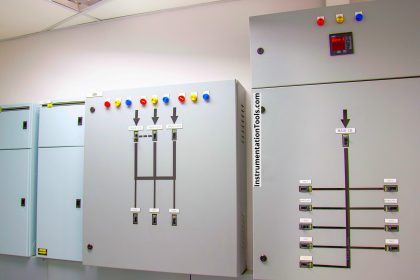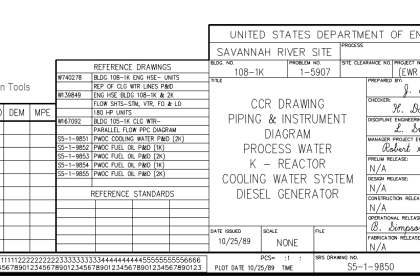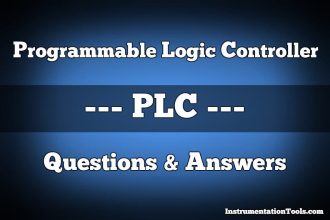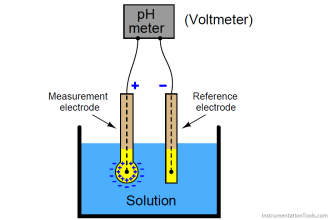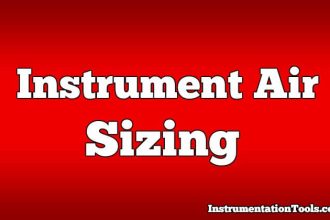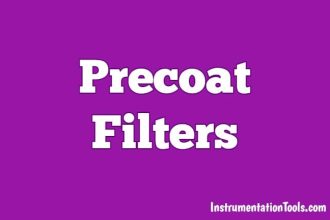Numerous accidents happened in many industries and small plants due to a lack of human errors and non-compliance with the procedures. One such accident happened in Aghorn operating a waterflood station in Odessa, Texas. This accident took the lives of 2 people. Let us have a detailed look into this accident.
The Aghorn Hydrogen Sulfide Accident
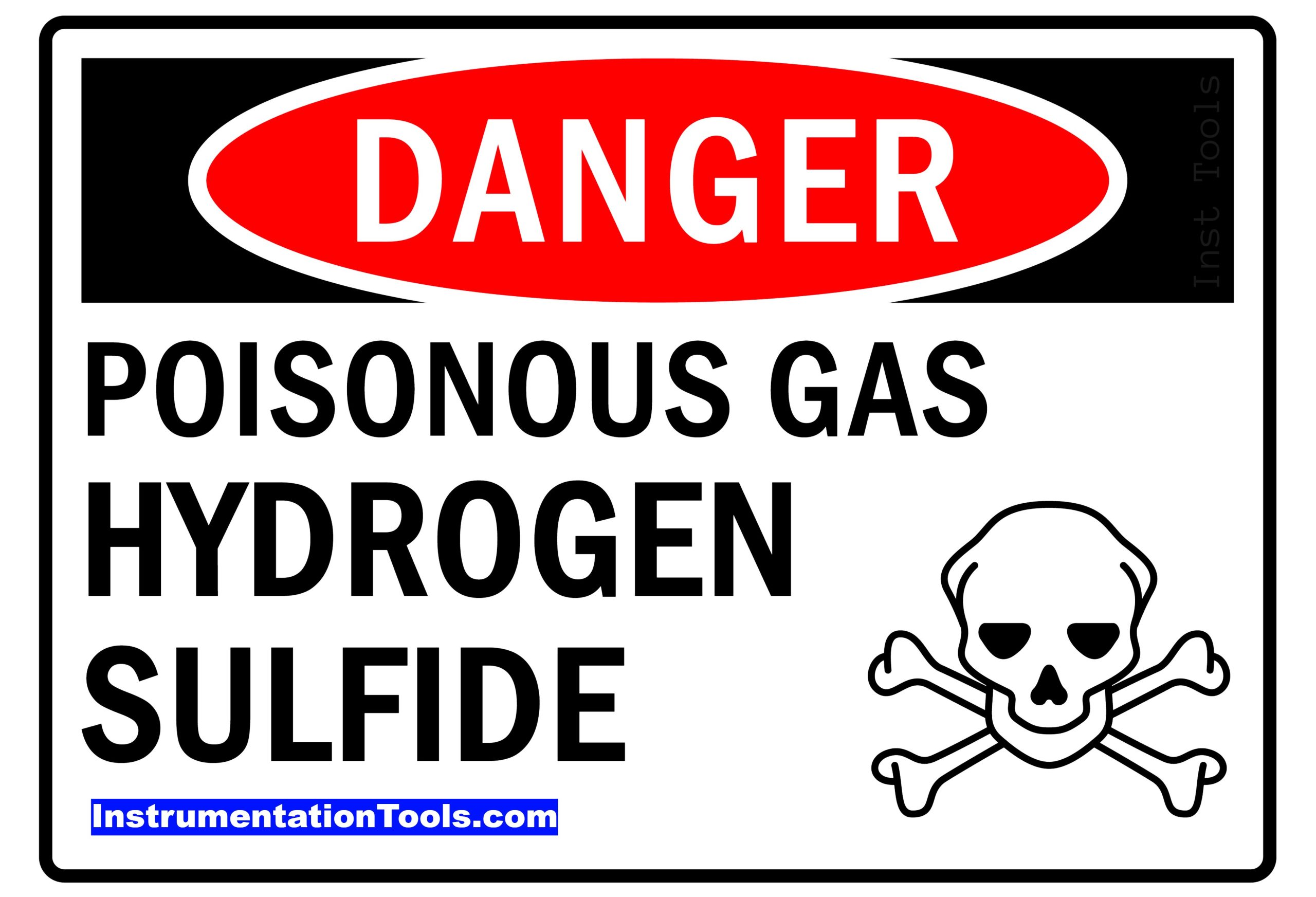
The Aghorn operating waterflood station in Odessa, Texas had a pump house containing a total of 3 pumps for pumping water that had hydrogen sulfide (H2S).
The pump house is not having 24*7 human occupancy. The pumps run in auto mode and several detectors were installed in the pump house to detect the H2S. In case of H2S leakage, beacons installed outside the pumphouse will also glow indicating H2S leakage.
When any problem in any equipment or instrument or abnormality or when H2S leakage is detected by the control system, an alert gets issued to the operator (or pumper). The operator gets notified by the control system on his phone.
On the day of the accident, the operator (pumper) received an alert on his phone regarding the issue in pump number 1. So, the operator rushed to the pump house to check what had happened. To do activity on the pump, he isolated the discharge valve and also isolated the suction valve partially because it was in jammed condition. Then he started working on it.
For several hours he did not return home. So, to search for him, his spouse along with 2 children also visited the site. A few hours later, the emergency response team reached the site. They felt H2S leakage. After wearing SCABA, they entered the pump house and found the operator and his spouse lying on the floor and also their 2 children near the gate of the pump house. Both husband and spouse lost their life. Fortunately, both the children survived.
What led to this deadly accident?
There were several factors that led to this accident. Definitely, this deadly accident happened due to the failure of more than one system.
Let us have a discussion on what all went wrong leading to this which led to the death of 2 people.
Personal responder of operator
When the operator entered the pump house, he did not carry his personal H2S responder with him. His personal H2S responder was found in his vehicle which was parked outside the pump house.
Also, the H2S responder was in alarm state. This means that if the operator had carried this personal H2S responder, then he would have gotten a warning of the H2S leak and would have timely escaped this pump house.
H2S leak detection and alarm system
The H2S leak detection and alarm system was found in an inactive state. Because of this, the beacon outside the pump house was not ON which indicated that there is no H2S leakage inside the pump house.
Some of the detectors were working but not communicating with the control system and hence no alarm was given to the operator on the phone. Because the beacon was not in ON condition, the operator’s spouse entered the pump house and became the victim of this deadly gas.
Lock out tag out procedure to do work on rotating equipment
The operator had to work on pump number 1 which had generated the alarm. Hence, he isolated the discharge valve of the pump fully and isolated the inlet valve of the pump partially as it was in a jammed condition.
While doing the job, no lock-out tag-out was done for this pump. Hence, when the requirement was raised by the system due to level interlocks, the pump got started. This led to more H2S leakage as the inlet valve was only partially closed.
Inadequate ventilation
The pump house did not have adequate ventilation. Also, in the investigation, it seemed that the blowers were also not in working condition. If ventilation was proper then this accident might have had less impact.
Security issues
When the operator did not return home, his spouse came to the site searching for him. But no security was there to stop people from moving inside the area. For sites like this which have hazards, a well-established security system should be present. No one should enter the premises.
Conclusion
If all the above-mentioned precautions had been taken care of then this accident might have not occurred. In this case not only one but many systems were bypassed or not followed rigorously which led to such a fatal accident. One major point of learning that everyone should take from this accident is to always carry necessary safety equipment and get the manpower trained to work in different conditions safely.




